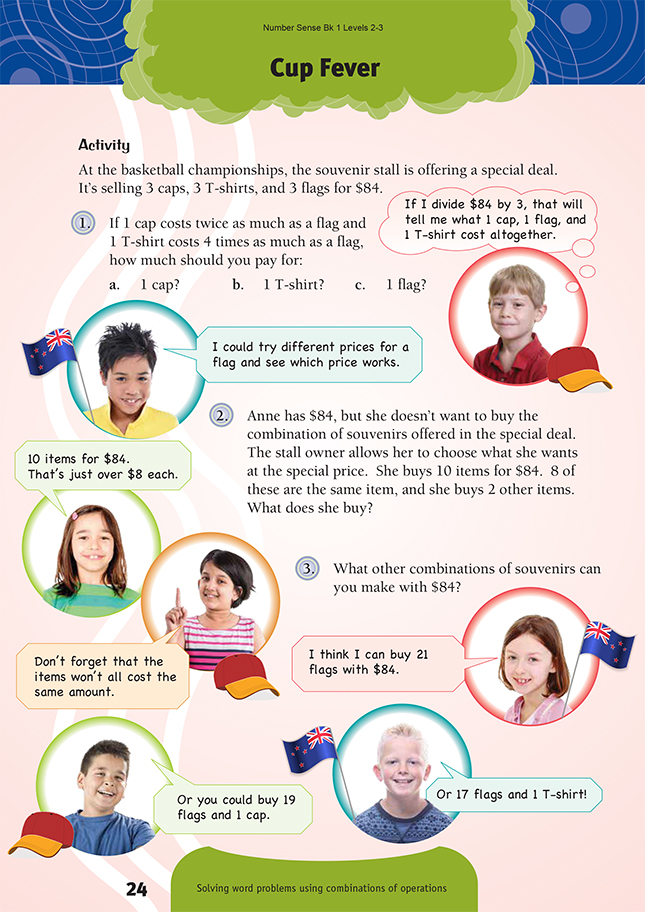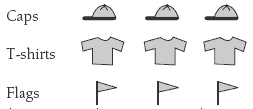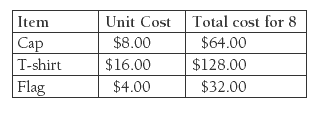This is a level 3 number activity from the Figure It Out series. It relates to Stage 6 of the Number Framework.
Click on the image to enlarge it. Click again to close. Download PDF (170 KB)
use multiplication and division to solve problems
Number Framework Links
Use this activity to:
• encourage transition from early additive strategies (stage 5) to advanced additive strategies (stage 6)
• help the students who are beginning to use advanced additive strategies (stage 6) to become confident at this stage in the domains of addition and subtraction and multiplication and division.
FIO, Levels 2-3, Number Sense and Algebraic Thinking, Book One, Cup Fever, page 24
The need to use the relationship between one item and another to work out the first item’s value is a challenging but important step in pre-algebraic thinking. This activity is carefully scaffolded to encourage students to use trial-and-improvement strategies to solve this type of problem.
Only the students who are confident at stage 6 or above in numeracy strategies should attempt this activity independently.
Use the thought bubble to check that the students understand the multiplicative relationship between 3 caps, 3 T-shirts, and 3 flags and that by dividing by the common factor of 3, they get 1 of each. You could use materials to show this:
The students could use this chart arrangement for the souvenirs:
One approach is to encourage your students to use the trial-and-improvement strategy suggested in the first speech bubble. They need to see that the incorrect answer to their trial can give them a clue as to how much to use in the next trial, rather than simply using random guesses in the rest of their trials. For example: “I tried 1 flag costing $2, so then 1 T-shirt cost $8 and 1 cap cost $4. The total would be $14, which is half of $28, so I should double the cost of the flags.”
An alternative approach is to use the flag as a unit. For example:
A cap is worth 2 flags, and a T-shirt is worth 4 flags. So how many flags could you buy for the cost of 1 flag, 1 cap, and 1 T-shirt? (1 + 2 + 4 = 7 flags)
7 flags cost $28. 7 x= 28?
Once the cost of a flag is known ($4), this amount can be doubled and doubled again to get the cost of a cap and a T-shirt.
A trial-and-improvement strategy will work well in question 2. Focus the students on the fact that there must be 8 of the same item. If they explore what 8 of each item will cost, they will find:
This chart shows that the only possible item to have a chance of costing $84 for 8 of that item plus 2 other items is the 8 caps.
Be sure to discuss a variety of strategies that can be used to work out each total. Some students will see the doubling pattern in the costs of flags, caps, and T-shirts as a quick way of working out the full costs for each item.
Question 3 asks the students to find other combinations that make (exactly) $84. There are many possible combinations. For example, the first bubble says that 21 flags make $84, but 2 flags can always be replaced by a cap and 4 flags by a T-shirt. You may wish to limit the number the students find by setting the challenge to be the first to make 10 different combinations that are correct.
Answers to Activity
1. a. Flag $4
b. Cap $8
c. T-shirt $16.
($84 ÷ 3 = $28. This is the cost of 1 flag, 1 cap, and 1 T-shirt. $4 + $4 x 2 + $4 x 4 = $28)
2. 8 caps, 1 flag, and 1 T-shirt. ($8 x 8 + $4 + $16 = $84)
3. There are many possibilities. For example:
4 T-shirts + 5 flags
2 T-shirts + 6 caps + 1 flag
10 caps + 1 flag
19 flags + 1 cap
17 flags + 1 T-shirt.



